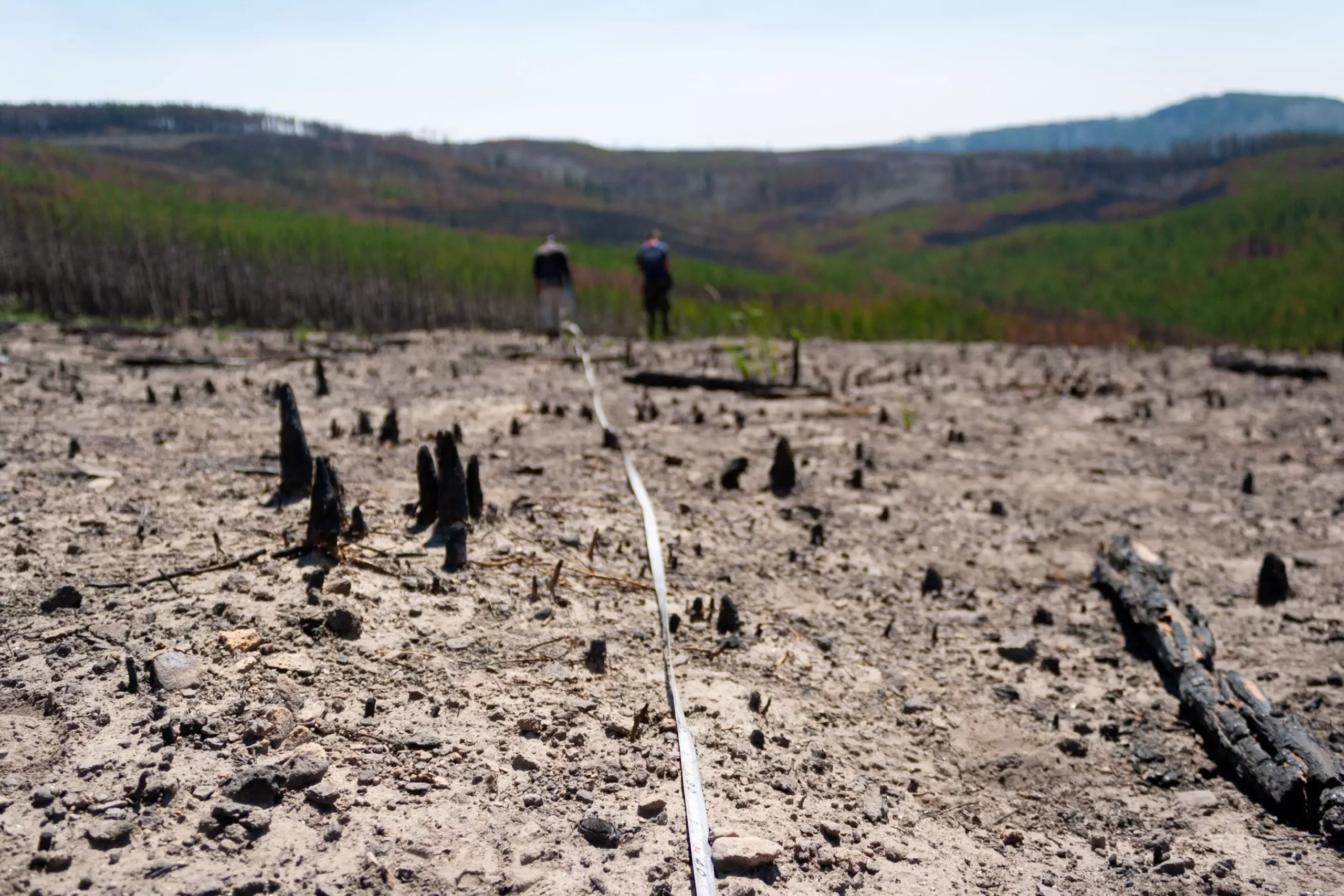Forests have often been regarded as the earth’s lungs. They possess an extraordinary ability to absorb carbon dioxide (CO2), acting as natural buffers against climate change. However, the reality of this vital role is increasingly under scrutiny, especially in the context of the Western United States. A recent study, spearheaded by notable ecologist Jazlynn Hall, scrutinizes carbon storage trends across these forests over a span of 14 years, revealing sobering insights into the environmental transformations that may undermine forests’ capabilities to mitigate climate change. Rather than a straightforward narrative of hope, the findings paint a nuanced picture filled with challenges that require immediate attention.
Unveiling the Complexity of Carbon Trends
The study published in *Earth’s Future* analyzed carbon storage data from various ecoregions within the Western US, concluding that instead of enhancing carbon absorption capabilities, many forests are diminishing their carbon storage potential. This revelation is disconcerting, particularly as various global climate strategies hinge on the assumption that forests will continue to absorb and store vast quantities of carbon. Hall’s assertion highlights a critical gap in our understanding: “There’s a lot of momentum to use forests as natural climate solutions,” she notes, but the accelerated threats of climate change and wildfires could fatally compromise these ecosystems.
Researchers found that between 2005 and 2019, many forests in the West showed decreased carbon storage in living trees, while the carbon stored in dead trees and debris increased. The presence of dead wood, however, poses its own set of problems; as it decomposes or burns in wildfires, it releases carbon back into the atmosphere, negating the benefits of their past storage. This cyclical dilemma raises the urgent question of whether we can rely on our forested landscapes to contribute to climate solutions in a meaningful way.
Understanding the Drivers of Carbon Storage Changes
The multifaceted study utilized machine learning techniques to analyze how different factors contribute to carbon storage variability across 19 ecoregions. Their results quantified the impact of climate factors—including precipitation, temperature, and moisture—and suggested that climatic shifts are the primary drivers behind declining carbon stocks in a significant portion of these forests. Furthermore, wildfires emerged as critical, highlighting that the threat of extreme weather events may play a pivotal role in shaping these ecosystems’ future.
Perhaps the most alarming aspect of the study is the revelation that current carbon storage levels may be artificially high. Historical fire suppression practices layered additional fuel in these forests, making them highly flammable and more susceptible to larger, more devastating wildfires. As Hall and her colleagues assert, proactive forest management practices, such as thinning and prescribed burning, are imperative if we hope to mitigate further catastrophic losses. Ignoring signs of vulnerability in dry forest ecosystems could lead to irrevocable carbon loss.
Glimmers of Hope Amidst Declining Trends
One bright spot identified in the research was the Pacific Northwest, where there was a notable increase in carbon storage during the study period. This particular ecoregion serves as an anomaly against the broader trend of decline. Efforts to restrict old-growth logging and expand protected lands have contributed to this revitalization. This suggests that through conscientious policy, management, and community effort, alteration of dire predicaments may be possible.
Hall emphasizes this potential for change: “That was the outlier. It offers a glimmer of hope that we can change things, especially in human-dominated areas.” While progress may certainly be possible, it is clear that a one-size-fits-all approach will not suffice. Forest management strategies must be tailored to local conditions, which enables a more responsive framework to combat localized threats.
The Need for Immediate Action and Robust Frameworks
Given the alarming trends and immediate threats identified in this pivotal research, a proactive approach becomes imperative. The consequences of inaction could be catastrophic, not only for forest ecosystems but for the global climate as well. While Hall and her co-authors have established a critical baseline for carbon storage trends, ongoing monitoring is essential to assess the full scope of change, particularly in response to increasingly severe fire seasons as witnessed in 2020 and 2021.
Winslow Hansen, another significant contributor to the study, leads efforts to explore innovative, sustainable living practices alongside fire. The framework established by this study will aid ongoing research endeavors and enable forest stewardship decisions. Utilizing robust methodologies for tracking carbon storage will contribute to a clearer understanding of how these ecosystems can remain resilient and effectively contribute to climate solutions.
What stands out is the necessity for adaptive management strategies that prioritize sustainability and resilience. Forests mustn’t merely be viewed as carbon reservoirs; they should be actively cultivated, protected, and rehabilitated to ensure their health and functionality amid ongoing environmental changes. Only through an integrated, localized approach can we hope to disrupt the tragic narrative of forest decline and foster a sustainable future for both these ecosystems and our planet’s climate.


Leave a Reply